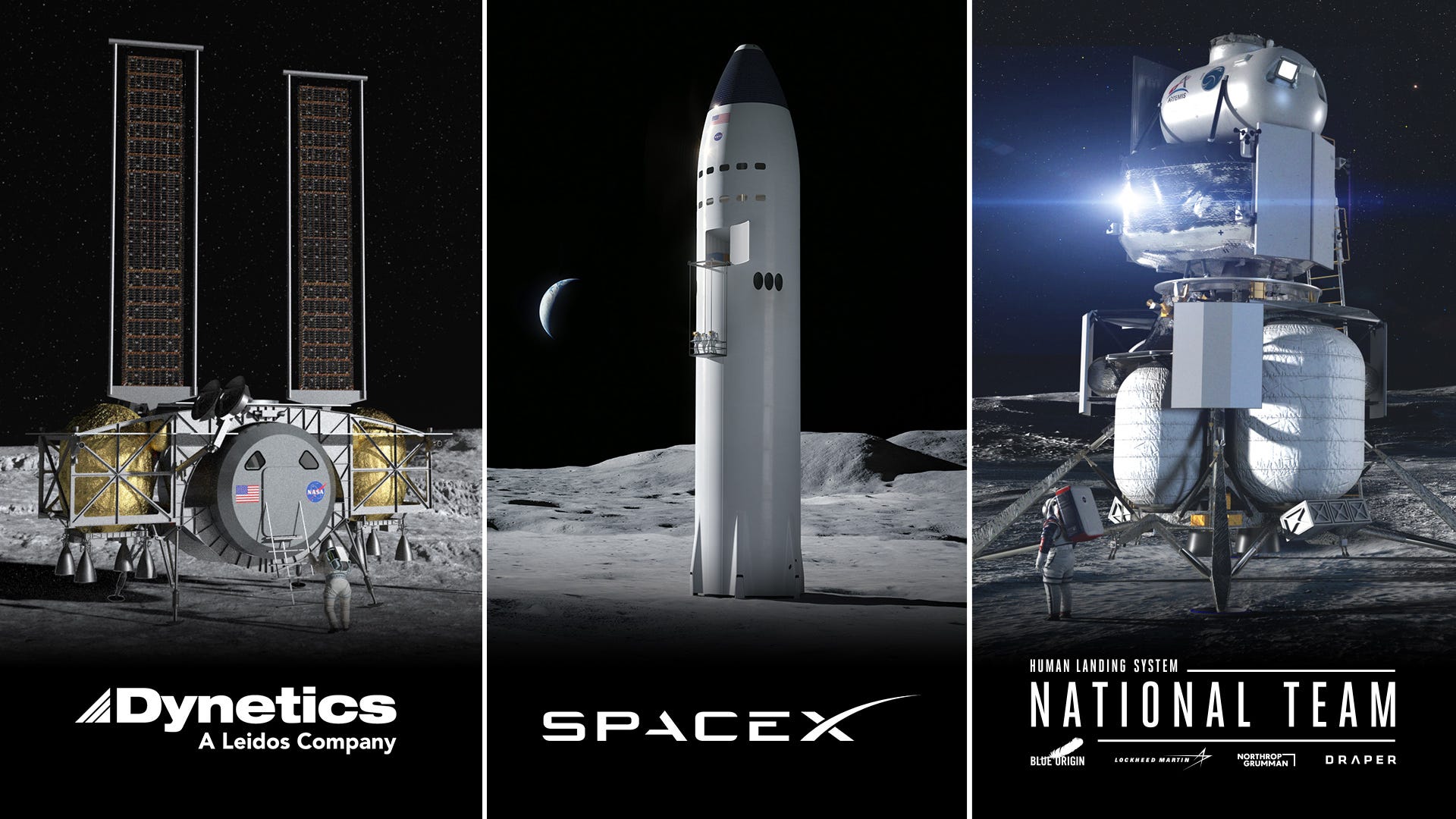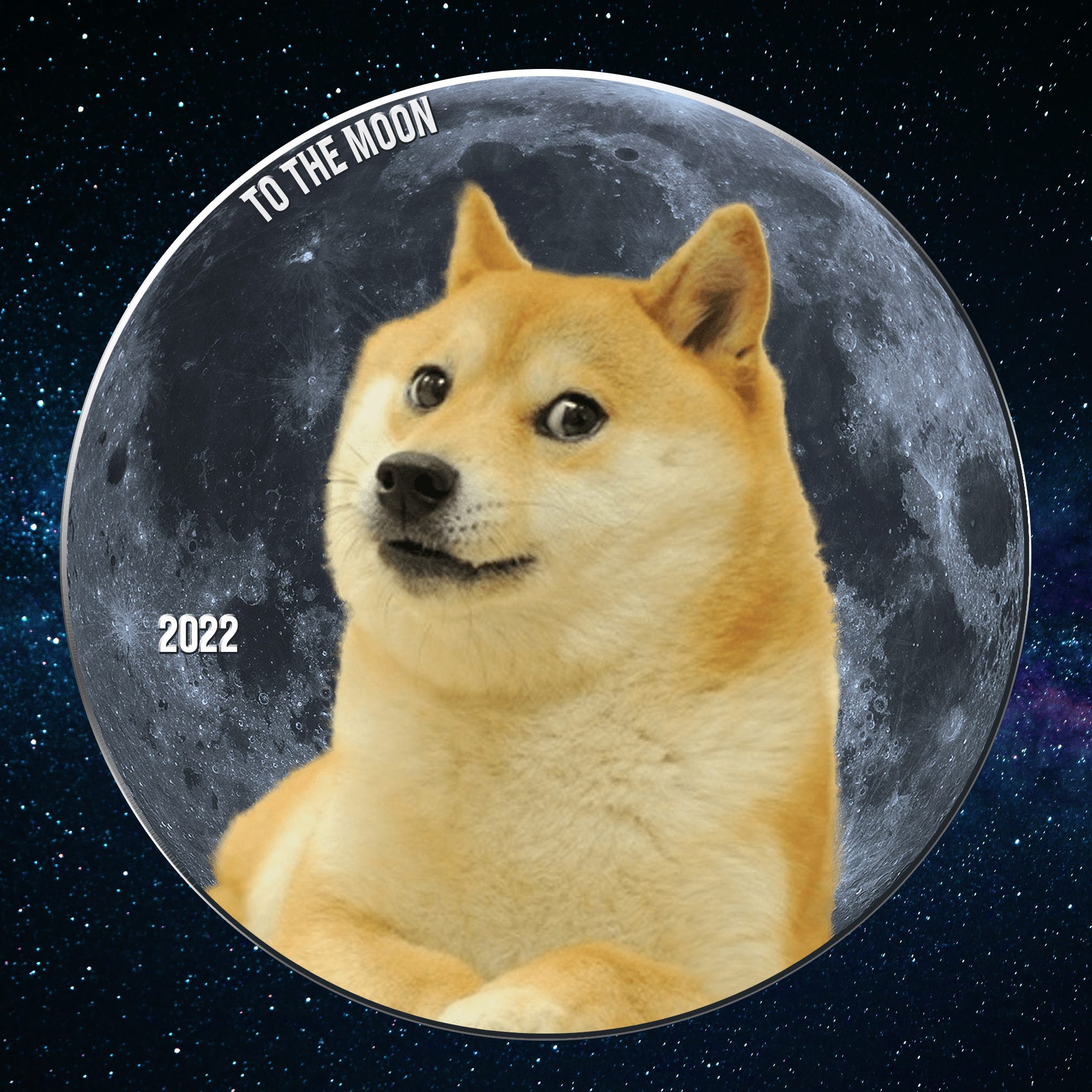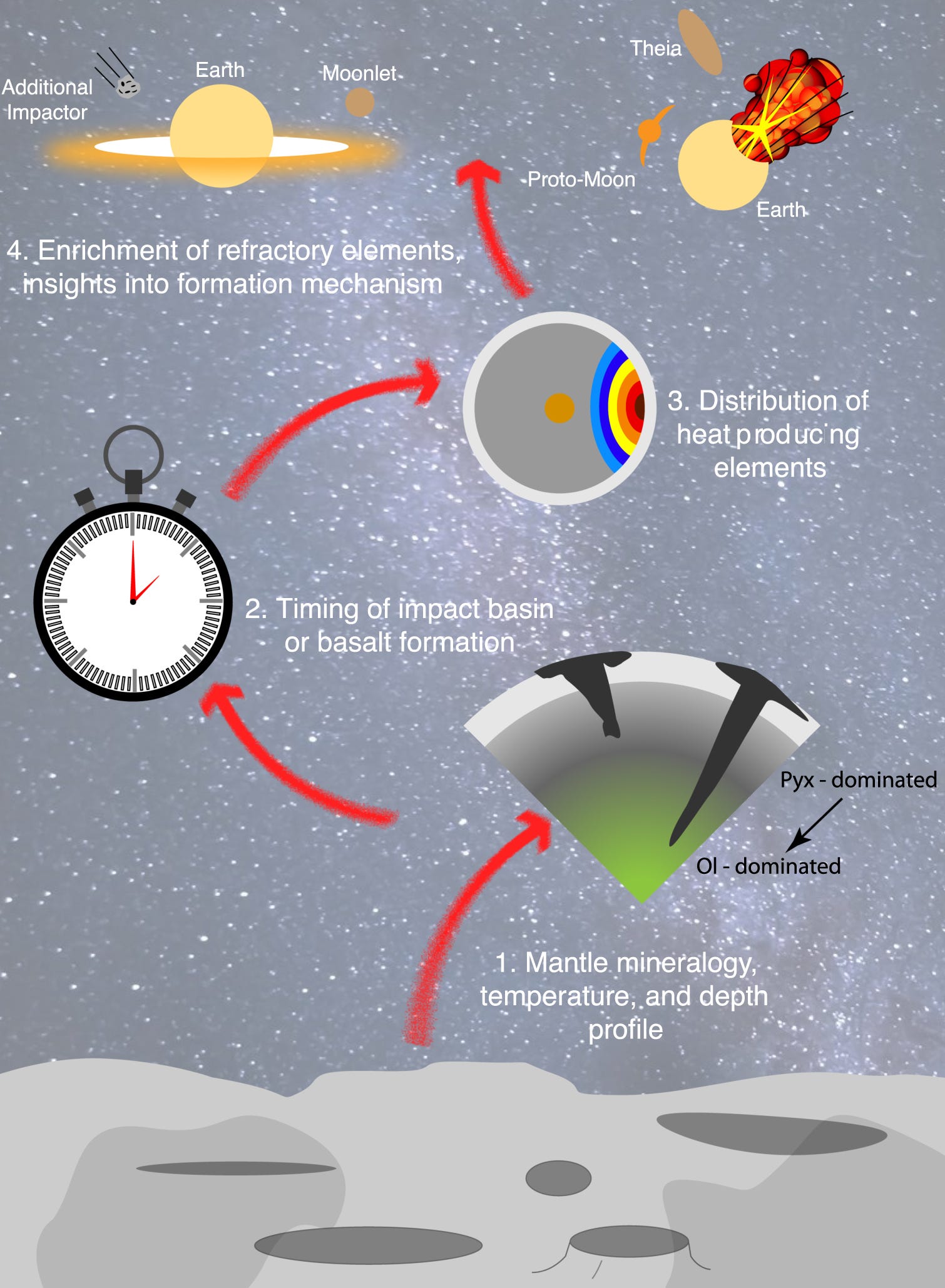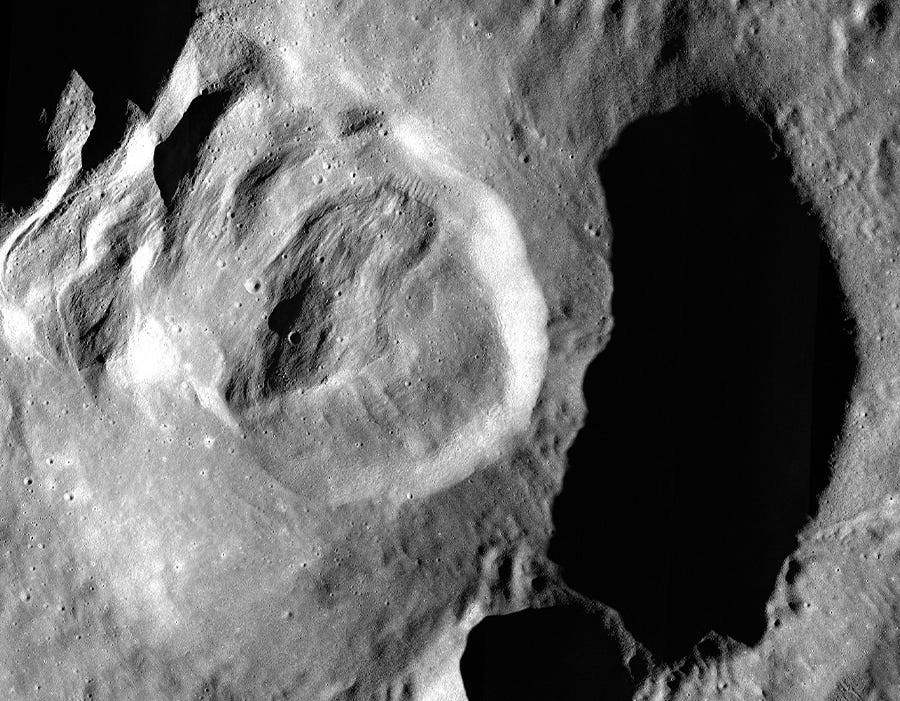Moon Monday Issue #27
NASA might need to add another Human Landing System provider, Russia shapes plans to land cosmonauts on the Moon, farside missions for big science, see the Moon in 3D, and more lunar developments.
I’m back home, fully un-COVID’ed, thanks to it being a mild case with no physical effects on me. Thank you everyone for your kind wishes. 🌝
Highlight
On May 12, the U.S. Senate Committee on Commerce, Science, and Transportation passed an amendment to the Endless Frontier Act, which if signed into law by the full U.S. Senate and the U.S. House would mandate NASA to add another company in addition to its SpaceX Starship selection to compete for landing humans on the Moon. The bill would authorize $10 billion in additional funding to NASA for the same, though the U.S. Congress would still need to appropriate funding every year.

The bill would also require NASA to ready their SLS rocket’s more powerful second stage, the $10 billion Exploration Upper Stage, by the time Artemis III flies with astronauts. The only problem with this mandate is that NASA has said via its Artemis plans that it doesn’t need an enhanced second stage to carry out the initial Artemis missions. The bill further asks NASA to maintain a version of the SLS core stage for testing throughout the Artemis program, something NASA again doesn’t need given that the rocket’s successful Green Run series was an all-encompassing test.
Exploration
It’s actually happening––SpaceX is launching a mission to the Moon fully paid for in Dogecoin cryptocurrency by Canada’s Geometric Energy Corporation. The DOGE-1 mission involves a 40-kilogram CubeSat with an imaging payload to be launched on a Falcon 9 rocket in Q1 2022. The hardware and software for the mission will be built by POINTBLANK LLC, Mimir Solutions, and Iteration Syndicate (ITS) in collaboration with Geometric.

Last month, the Russian Space Agency conducted a detailed review of their plans to land cosmonauts on the Moon by 2030, which in its most conservative option would cost about $24 billion. Citing budget constraints, Russia has ruled out the possibility of readying a Saturn-V class rocket by then, and will instead launch four to five Angara-5V rockets to complete each crewed mission until the late 2030s. They plan to land two cosmonauts every two years from a staging 200-kilometer polar lunar orbit, which would provide landing and take-off opportunities every two weeks with minimum fuel usage not just to polar regions but to practically any point on the Moon.
Lunar Outpost has signed a Memorandum of Understanding (MoU) with Luxembourg’s ‘Made in Space Europe’ to equip the former’s robotic Moon exploration systems with the latter’s advanced robotic arms. The partnership is to enable sample collection on the Moon, perform scientific analysis, and support commercial operations. The first joint mission from this deal will be launched in 2023 to the Moon’s south pole, the same mission where Lunar Outpost will collect samples for NASA, with future missions planned for 2024 and 2025.
The non-profit Space Generation Advisory Council has released their Lunar Governance Report, which discusses the current status of the lunar policy landscape. It proposes developing a Lunar Governance Charter to operationalize and advance international space laws for Moon exploration. The organization will present their proposal to the United Nations Committee on the Peaceful Uses of Outer Space (UNCOPUOS) later this year. Related: Moon Dialogs has an upcoming event on May 28 to discuss the same.
Science
In a new paper, scientists propose low-risk, high-reward robotic landing missions to the Moon’s farside. By focusing on studying trace elements with available advanced chemistry instruments, such missions would help advance big science questions without needing sample return: Why are the Moon’s nearside and farside so different, how did the farside evolve, what makes up the Moon’s interior, getting a better timeline of events in the solar system, and insights into the Moon’s origin. The landing sites proposed for such missions are in the vast lava plains of the Moscoviense, Apollo, Von Kármán and Leibnitz craters, which to the low-risk point by the authors should satisfy mission designers and engineers.

A NASA scientist has made the first comprehensive model of the tidal history of the Earth-Moon system over the last 2.5 billion years, including Earth’s decreasing rotation rate. It also models expected changes over the next 4 billion years as the length of Earth’s day increases to 42 hours at that point.
NASA’s Lunar Reconnaissance Orbiter has captured a fantastic image showing an entire wall of a crater slumped onto the floor of another. This happened due to a past nearby moonquake or asteroid/cometary impact that shook and loosened the wall, making it slide under gravity. Look at those compressed layers of material!

More Moon
Although we are witnessing a renewed Moon rush, most of the world isn’t actually part of that for it be a truly global endeavor. To that end, Moon Village’s Participation of Emerging Space Countries (MV-PESC) project aims to enable smaller countries to participate in Moon exploration, in ways that helps them build capacity while fostering collaboration. Nine countries have shown interest so far: Kuwait, Jordan, Egypt, Kenya, Colombia, Mexico, Chile, Nepal, Mongolia and Thailand.
→ I made a video of the Moon in 3D (Red/Blue glasses needed 😎)
Thank you Marchel Holle (ispace, inc.) for supporting me and powering this edition of Moon Monday.
Everyone, I’m publishing this one-of-a-kind Moon exploration newsletter for free, with no ads. And it will stay that way. If you like my work, support me to keep it going. Monthly supporters will be credited in future Moon Monday issues with a link to their website/social.
